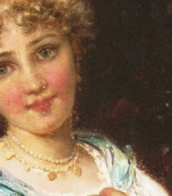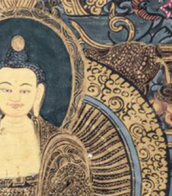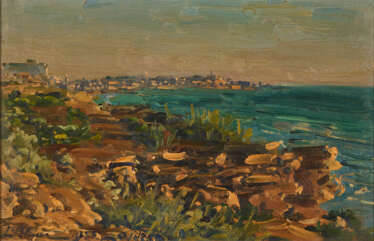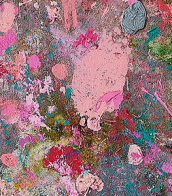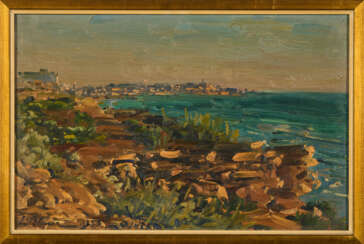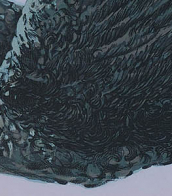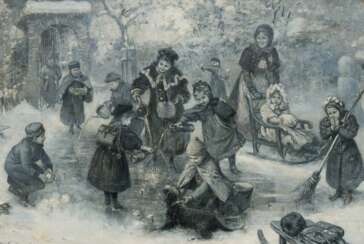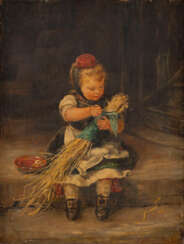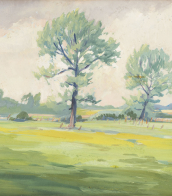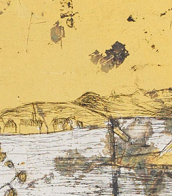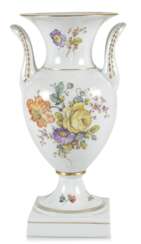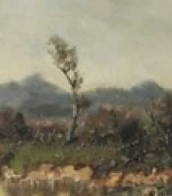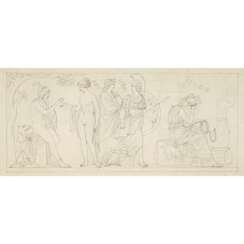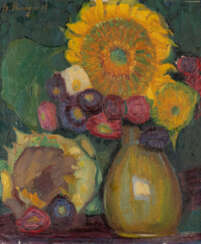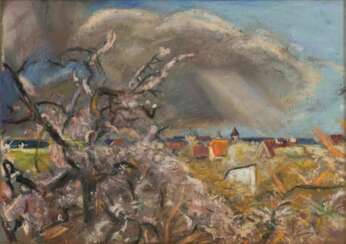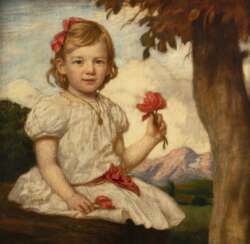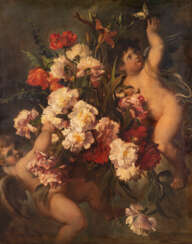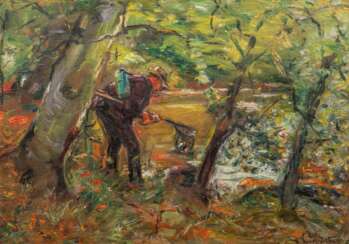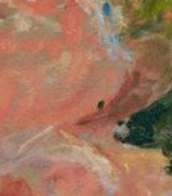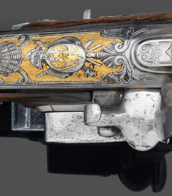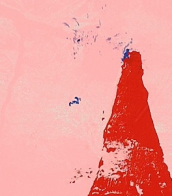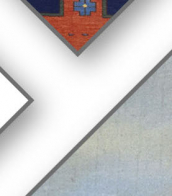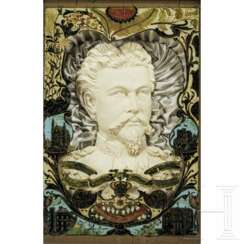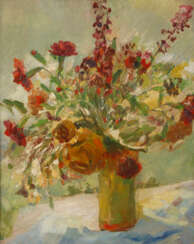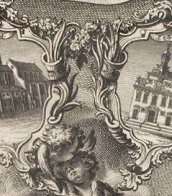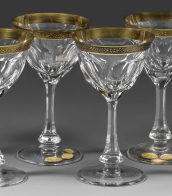ludwig blum
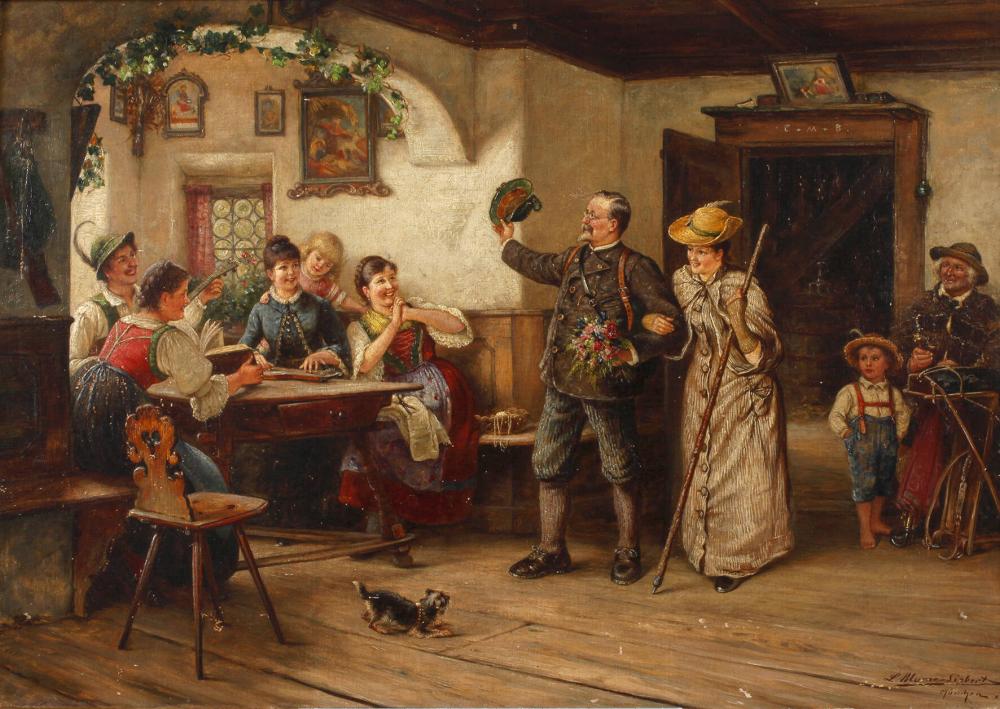
Ludwig Blume-Siebert was a German genre painter and illustrator. He studied painting at the Dusseldorf Academy of Fine Arts and the Munich Academy of Fine Arts.
Ludwig Blume-Siebert mainly depicted idyllic and folk scenes of village life, often with children.


Ludwig Blume-Siebert was a German genre painter and illustrator. He studied painting at the Dusseldorf Academy of Fine Arts and the Munich Academy of Fine Arts.
Ludwig Blume-Siebert mainly depicted idyllic and folk scenes of village life, often with children.
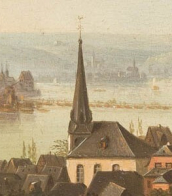
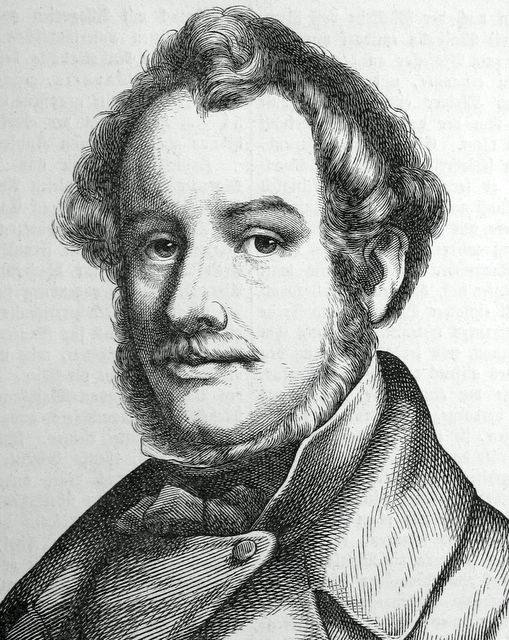
Ludwig Michael Schwanthaler, ennobled as Ritter von Schwanthaler, was a Bavarian sculptor and a key figure in the Classical movement in southern Germany. He was born on 26 August 1802 in Munich to a family that had been involved in sculpture for centuries.
Schwanthaler's journey began under his father's tutelage before he formally trained at the Munich Academy. His talent was so profound that he received commissions from royalty and mentorship from the likes of Peter von Cornelius. He further honed his skills in Rome, where he was influenced by Bertel Thorvaldsen. Returning to Munich, Schwanthaler met the demands for sculpture head-on, collaborating with architects and painters to revive the arts in Bavaria.
Among his many works, the statues in the Neues Palais and the figures in the Alte Pinakothek are notable. His versatility also shone in sacred art, with his contributions to St Ludwig and St Mariahilf churches. The Ruhmeshalle's metopes and the monumental Bavaria statue demonstrate his artistic bravery. Schwanthaler's life was dedicated to his craft, and upon his death on November 14, 1848, he bequeathed his models and studies to the Munich Academy, forming the Schwanthaler Museum.
For art enthusiasts, Schwanthaler's legacy offers a deep dive into classical sculpture's golden age. His works remain a testament to the neoclassical aesthetic and are celebrated for their historical and artistic significance.
Engage with the grandeur of Schwanthaler's art by signing up for updates, and take part in preserving the memory of one of Bavaria's master sculptors.
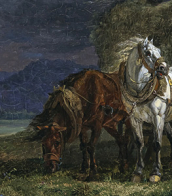

Ludwig Michael Schwanthaler, ennobled as Ritter von Schwanthaler, was a Bavarian sculptor and a key figure in the Classical movement in southern Germany. He was born on 26 August 1802 in Munich to a family that had been involved in sculpture for centuries.
Schwanthaler's journey began under his father's tutelage before he formally trained at the Munich Academy. His talent was so profound that he received commissions from royalty and mentorship from the likes of Peter von Cornelius. He further honed his skills in Rome, where he was influenced by Bertel Thorvaldsen. Returning to Munich, Schwanthaler met the demands for sculpture head-on, collaborating with architects and painters to revive the arts in Bavaria.
Among his many works, the statues in the Neues Palais and the figures in the Alte Pinakothek are notable. His versatility also shone in sacred art, with his contributions to St Ludwig and St Mariahilf churches. The Ruhmeshalle's metopes and the monumental Bavaria statue demonstrate his artistic bravery. Schwanthaler's life was dedicated to his craft, and upon his death on November 14, 1848, he bequeathed his models and studies to the Munich Academy, forming the Schwanthaler Museum.
For art enthusiasts, Schwanthaler's legacy offers a deep dive into classical sculpture's golden age. His works remain a testament to the neoclassical aesthetic and are celebrated for their historical and artistic significance.
Engage with the grandeur of Schwanthaler's art by signing up for updates, and take part in preserving the memory of one of Bavaria's master sculptors.

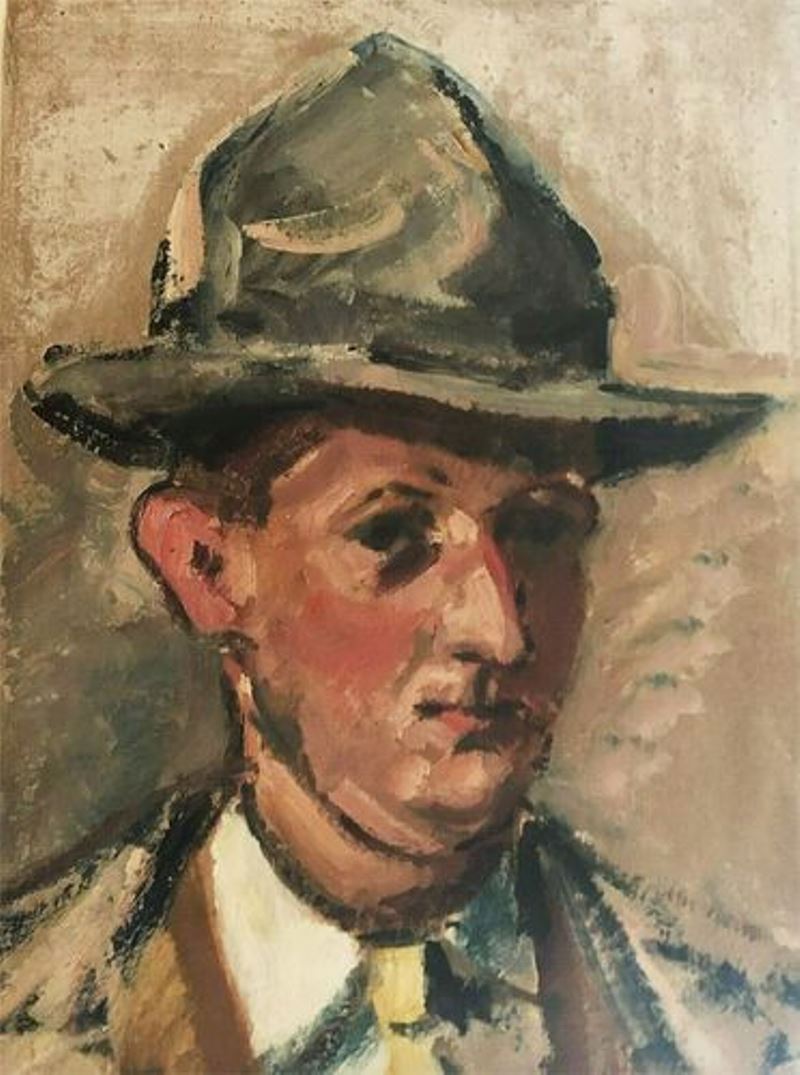
Ludwig Bock was a German painter and graphic artist, draughtsman, and illustrator.
He studied painting at the Munich Academy and was a member of the Munich Secession. Bock's work was influenced by Matisse and Cézanne, as well as by the artists of the Scholl circle. His watercolors, painted mainly in Paris and inspired by the Impressionists who lived there, depict landscapes, folk and fair scenes, and nude scenes.
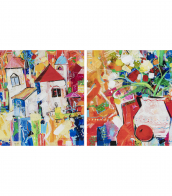
 Ronig. Автопортрет.jpg)
Ludwig Egidius (Ernst) Ronig was a German art and glass painter of the 20th century. He is considered a representative of New Objectivity and Magic Realism.
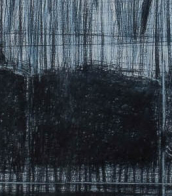
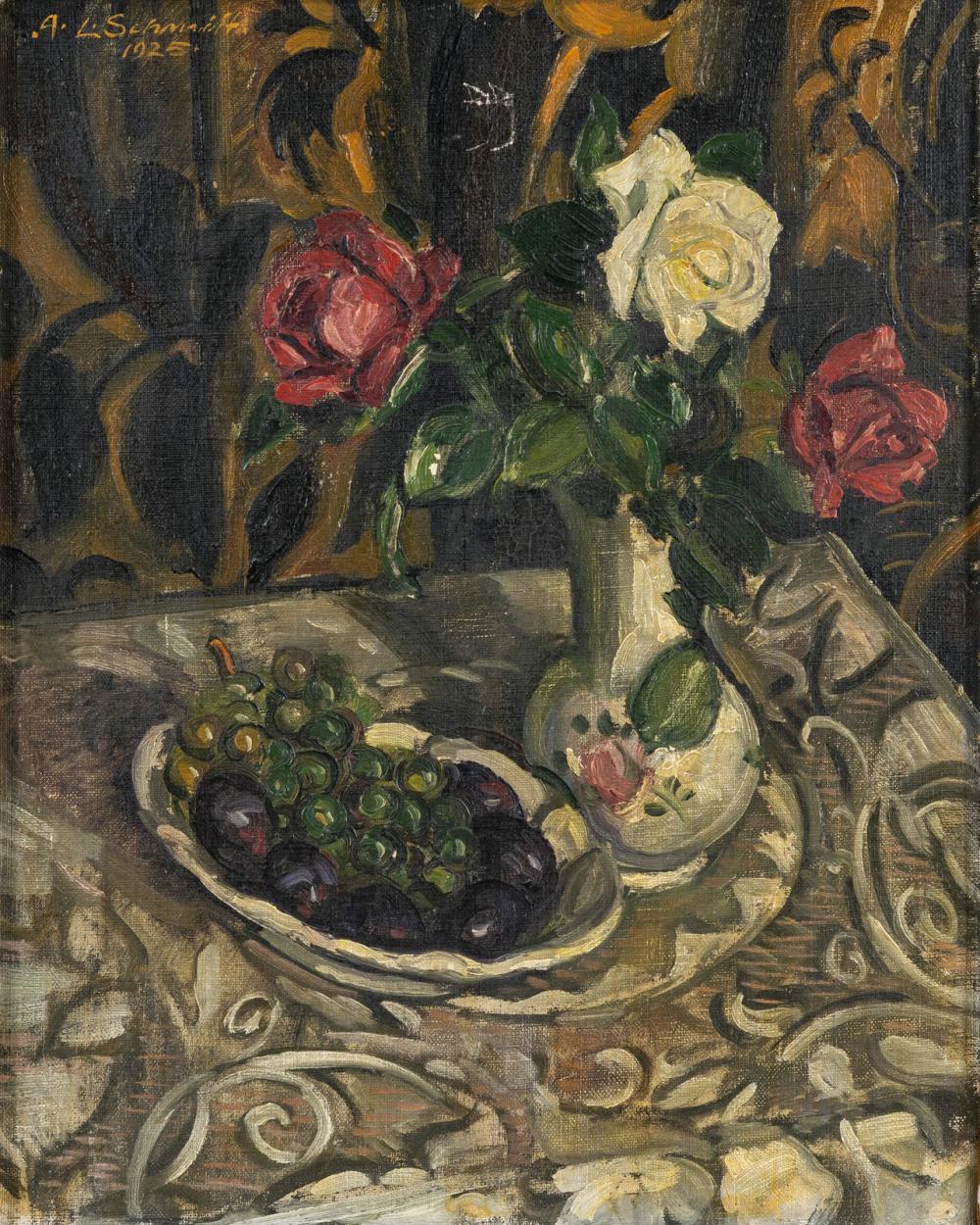
August Ludwig Schmitt was a German artist, representative of modernism and avant-gardism in German painting.
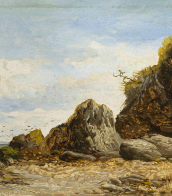
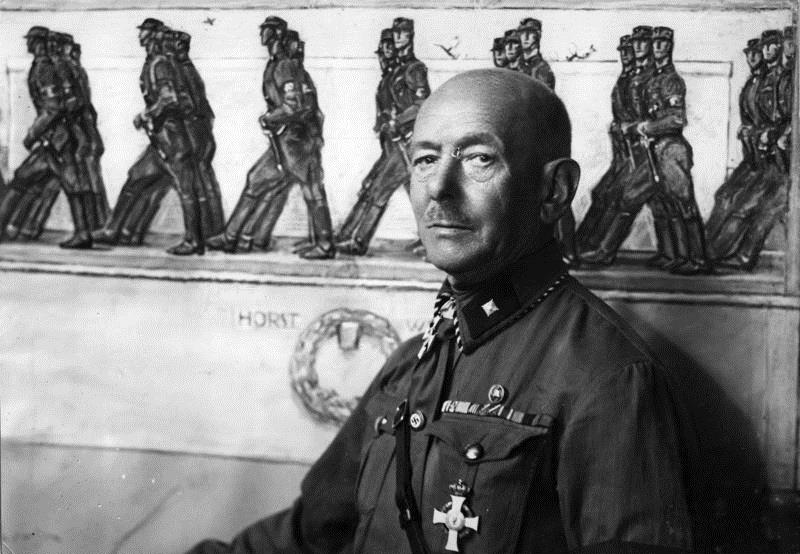
Ludwig Julius Christian Dettmann was a German artist of the late 19th century and the first half of the 20th century. He is known as one of the leading representatives of the Secession in Germany.
Dettmann began his career as an illustrator and in 1895 became a professor at the Berlin Academy of Arts. He then switched to landscape painting, worked in oil and watercolor techniques and became one of the first Impressionists in Germany. In 1898 the artist joined the Association of German Free Artists and co-founded the Berlin Secession. In 1900 Dettmann became director of the Königsberg Academy of Arts and promoted the development of the Nida colony of landscape artists on the Curonian Spit.
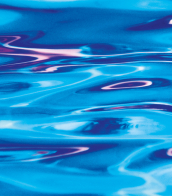

Ludwig Julius Christian Dettmann was a German artist of the late 19th century and the first half of the 20th century. He is known as one of the leading representatives of the Secession in Germany.
Dettmann began his career as an illustrator and in 1895 became a professor at the Berlin Academy of Arts. He then switched to landscape painting, worked in oil and watercolor techniques and became one of the first Impressionists in Germany. In 1898 the artist joined the Association of German Free Artists and co-founded the Berlin Secession. In 1900 Dettmann became director of the Königsberg Academy of Arts and promoted the development of the Nida colony of landscape artists on the Curonian Spit.


Ludwig Julius Christian Dettmann was a German artist of the late 19th century and the first half of the 20th century. He is known as one of the leading representatives of the Secession in Germany.
Dettmann began his career as an illustrator and in 1895 became a professor at the Berlin Academy of Arts. He then switched to landscape painting, worked in oil and watercolor techniques and became one of the first Impressionists in Germany. In 1898 the artist joined the Association of German Free Artists and co-founded the Berlin Secession. In 1900 Dettmann became director of the Königsberg Academy of Arts and promoted the development of the Nida colony of landscape artists on the Curonian Spit.

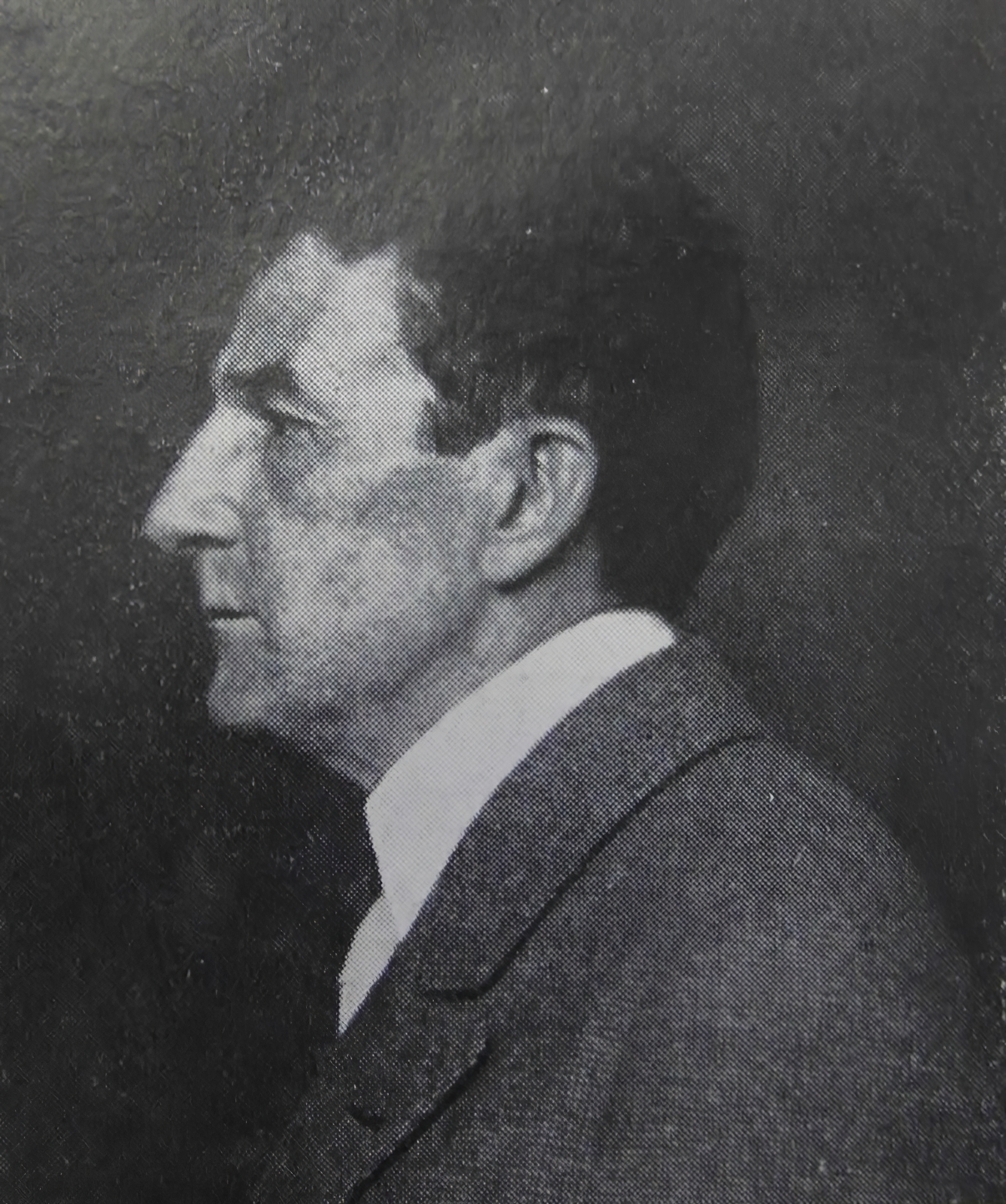
Ludwig von Zumbusch, birth name Ludwig Josef Camillus Zumbusch was a German graphic artist and painter.
Ludwig von Zumbusch studied at the Vienna Academy of Fine Arts with Christian Gripenkerl and Carl Wurzinger, from 1882 in the painting class of the Academy of Fine Arts in Munich, then at the Académie Julian in Paris with William-Adolphe Bouguereau. He worked for the Munich magazine Jugend, for which he designed the covers.
Zumbusch was a member of the Munich Secession and the German Artists' Association founded in 1903. He took part in their first joint annual exhibition in 1904 at the Royal Art Exhibition at Königsplatz.
In 1905 he was appointed professor at the Munich Academy of Art.
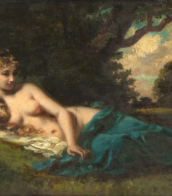
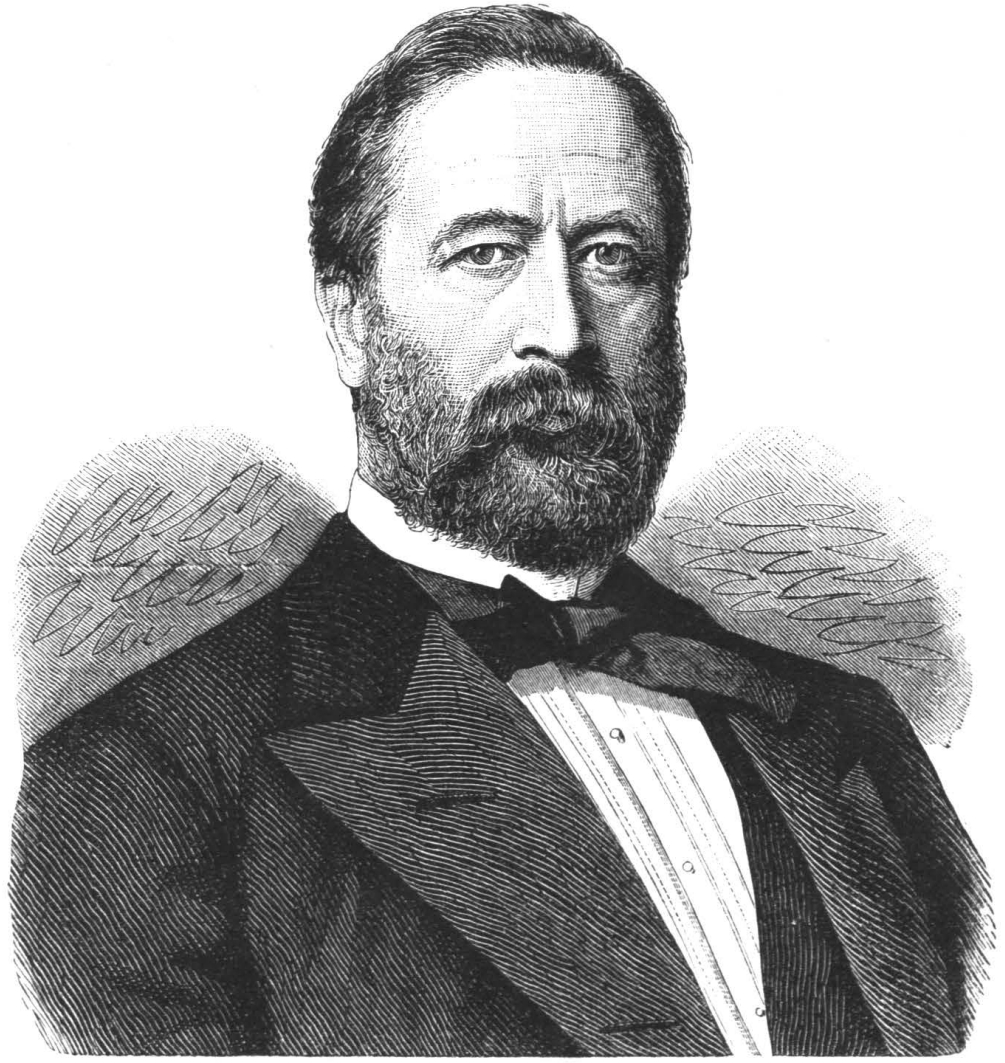
Ludwig Knaus was a German genre painter of the younger 7 Düsseldorf school of painting.
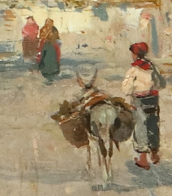


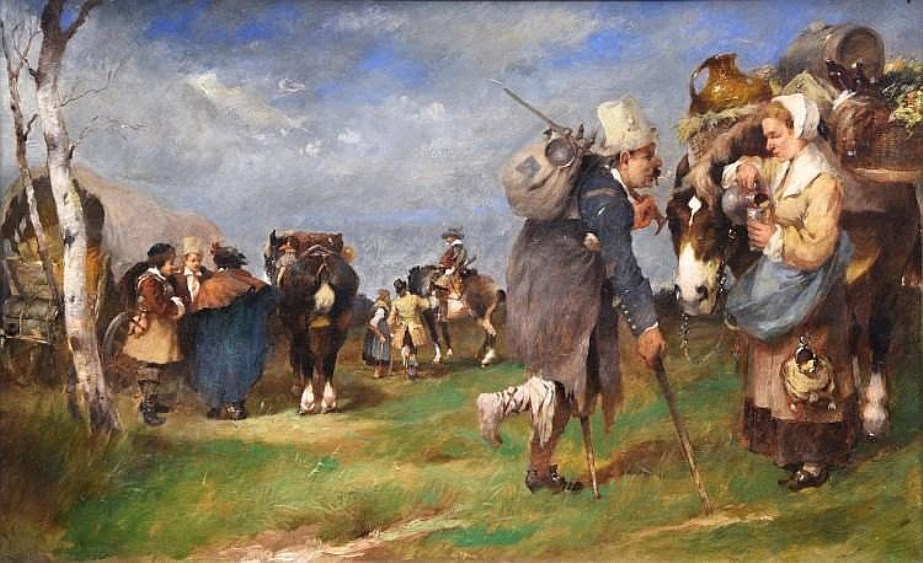
Ludwig Stiller was a German genre painter.


Ludwig Julius Christian Dettmann was a German artist of the late 19th century and the first half of the 20th century. He is known as one of the leading representatives of the Secession in Germany.
Dettmann began his career as an illustrator and in 1895 became a professor at the Berlin Academy of Arts. He then switched to landscape painting, worked in oil and watercolor techniques and became one of the first Impressionists in Germany. In 1898 the artist joined the Association of German Free Artists and co-founded the Berlin Secession. In 1900 Dettmann became director of the Königsberg Academy of Arts and promoted the development of the Nida colony of landscape artists on the Curonian Spit.


Ludwig Blume-Siebert was a German genre painter and illustrator. He studied painting at the Dusseldorf Academy of Fine Arts and the Munich Academy of Fine Arts.
Ludwig Blume-Siebert mainly depicted idyllic and folk scenes of village life, often with children.
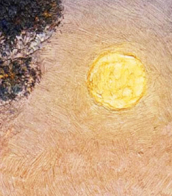

Ludwig Blume-Siebert was a German genre painter and illustrator. He studied painting at the Dusseldorf Academy of Fine Arts and the Munich Academy of Fine Arts.
Ludwig Blume-Siebert mainly depicted idyllic and folk scenes of village life, often with children.
